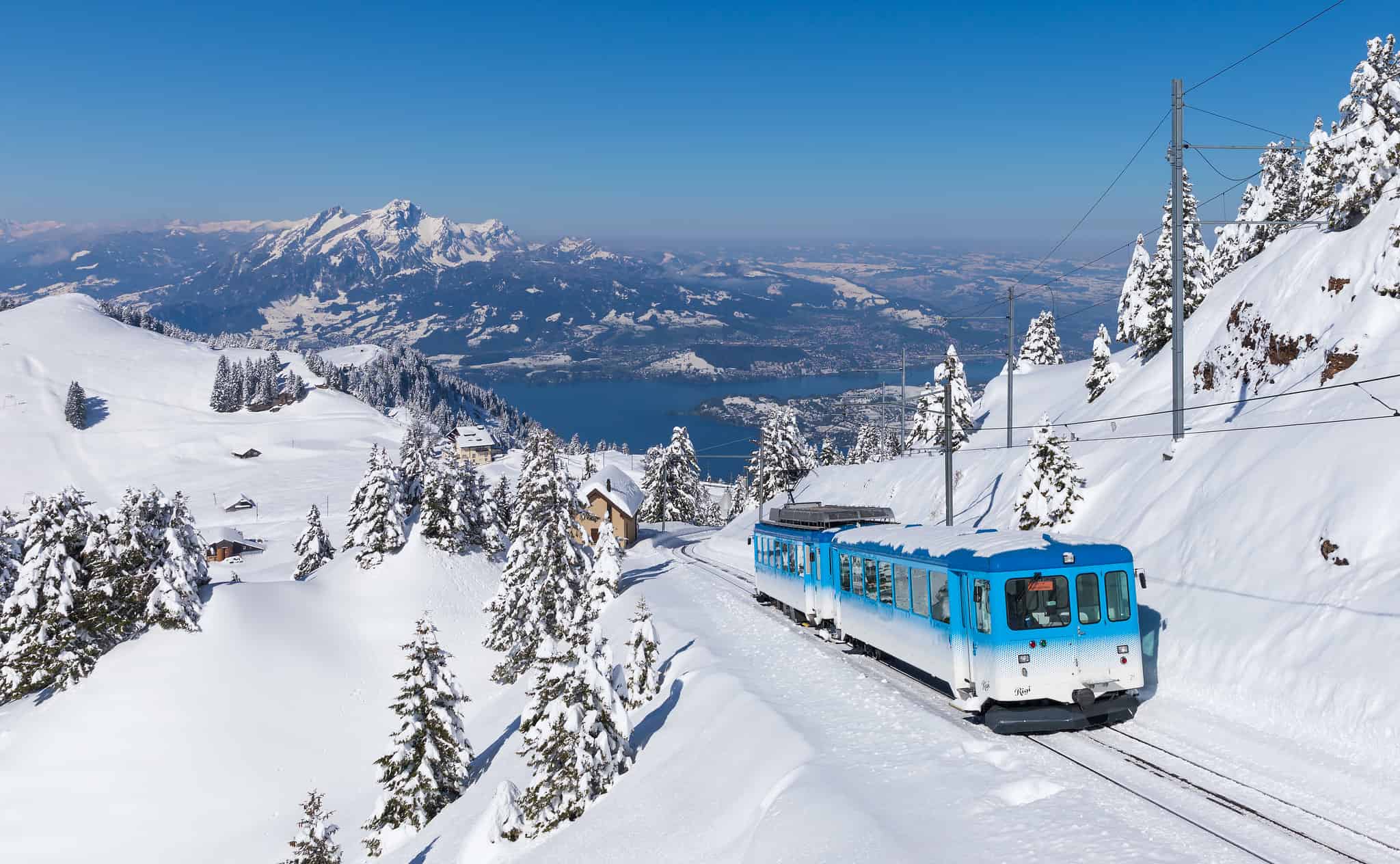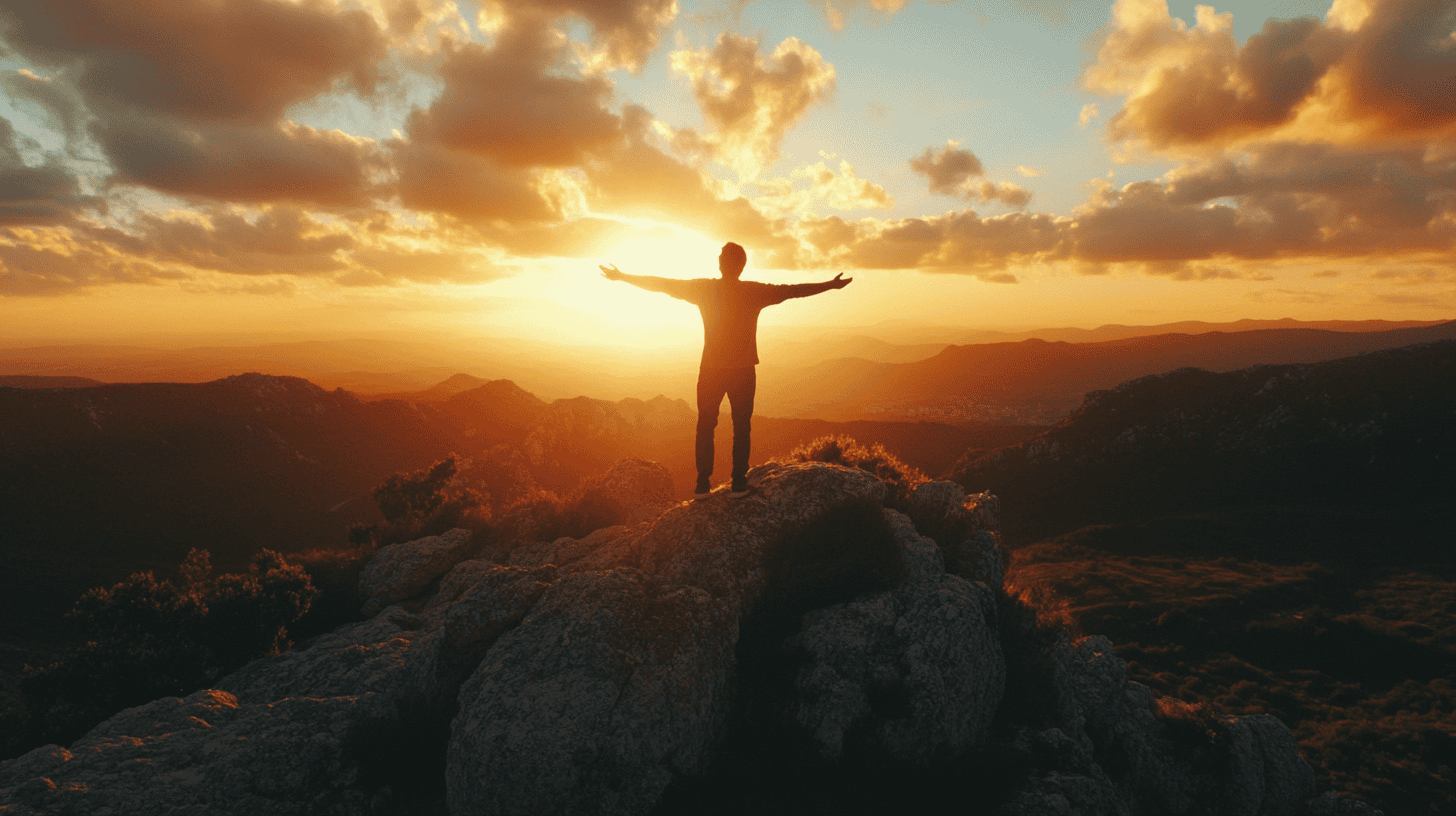
Snow fell in southern Limburg a few weeks ago, but not in the rest of the Netherlands. It became a bona fide tourist attraction. Traffic jams lined the roads in the direction of the snow; parking attendants had their hands full with all the illegally parked cars. During that weekend, despite all the pleas not to visit, I, too, got up very early on Sunday morning and drove towards South Limburg. It proved too much of a temptation. And it was beautiful! We had already taken a long walk by 11 am. On our way back to Eindhoven there was still heavy traffic heading south. For several weeks after that day, I used photos of the enchanting landscape of snowy-white hills as a background during all kinds of team meetings and on Zoom. Thoroughly enjoying the memory of it.
Little did I know that a few weeks later we would be treated to even more snow and ice throughout the Netherlands.
Hassles
In the Netherlands, snow and ice always go hand in hand with hassles. Slippery bike paths, roads and sidewalks. Plenty of accidents. Trains that run less frequently. Potholes on the roads. Traffic jams. Too often, the conversations then turn to the hassles that we have to put up with and not the beauty of the snowy white scenery, children sledding, fabulous snowmen or the lively snowball fights. But this time around it was different. Corona makes everything different; including the appreciation of this marvel of nature.
We were delighted with the snow and ice. Ice skates were taken out of storage en masse! Great to get outdoors! Lots of faceprints were made in the snow (and shared on social media) and countless numbers of gorgeous nature photos were snapped. Any hassles caused by the snow faded into the background.
A kind of hush
Personally, I find the dampening effect of snow the most remarkable phenomenon. Snow puts a blanket of silence over a normally busy city. You suddenly have a sense of how much noise there normally is.
Snowflakes are made up of ice crystals that are ‘stuck’ together. What’s more, snowflakes are largely comprised of air. Those air-filled spaces in a snowflake cause the dampening effect on sound. Sounds are absorbed by the air in snowflakes, which makes everything quieter when there is snow everywhere. A blanket of silence. We could use that more often in our overcrowded cities. Round-the-clock noise doesn’t do anyone any good. Urban planning with sound absorption as a guiding principle? Buildings that absorb ambient noise? The longer I think about it, the more I like the idea.
Learning from nature
As such, there is so much more to learn from natural phenomena. The workings of nature are fascinating. Evolution means that plants and animals are constantly adapting to new circumstances. Nature is teeming with smart solutions that arose over hundreds of millions of years. Biomimicry is the science and art of imitating the best biological ideas in nature in order to improve human applications and make them more sustainable. The website asknature.org lists a number of these successful applications. A website well worth saving to your favorites. How marvelous it would be if Brainport were to become a leader in this field: Making the modern world more sustainable based on biological principles.
About this column
In a weekly column, written alternately by Wendy van Ierschot, Eveline van Zeeland, Eugene Franken, Jan Wouters, Katleen Gabriels, Mary Fiers and Hans Helsloot Innovation Origins tries to figure out what the future will look like. These columnists, occasionally joined by guest bloggers, are all working in their own way on solutions to the problems of our time. So that tomorrow is good. Here are all the previous articles.








